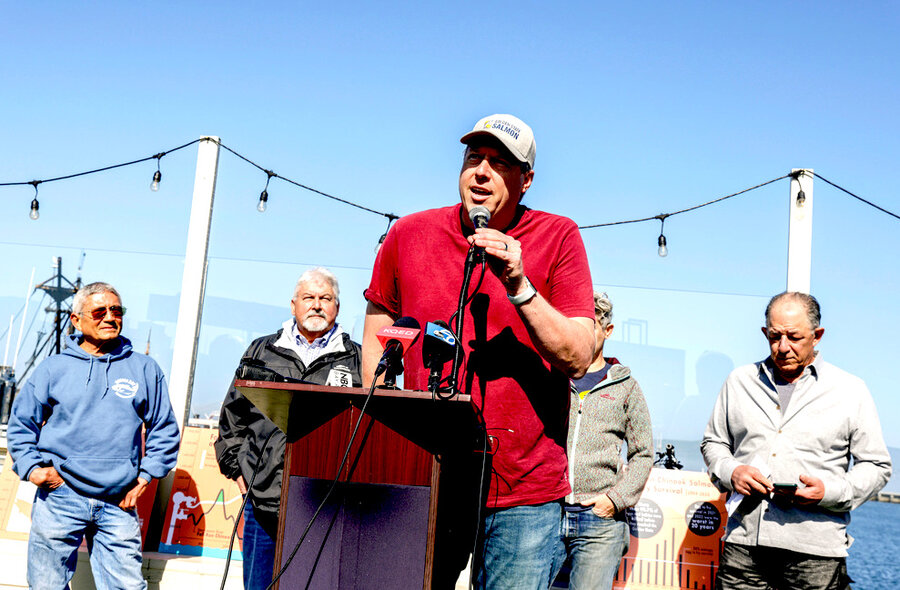
Earlier this week, the state of California stuck a shovel in the third of four hydroelectric dams being demolished on the Klamath River, which wends its way through Northern California from Oregon to the Pacific.
Removing those structures is the first step in the most ambitious experiment in nature restoration in American history. The goal is to save wild salmon, a once-abundant resource that anchored the region’s economy and shaped its Indigenous societies. “It’s going to be a very, very, very healing experience to be able to see the salmon come back,” Kenneth Brink, vice chair of the Karuk Tribe, told the Los Angeles Times in April. “It’s like a new beginning.”
Yet more than fisheries may be renewed. The project marks another example of rethinking humanity’s relationship with nature at a turning point in global environmental welfare. Restoring nature requires people “to make decisions about where and how to heal. To repair and to care. To make amends for the damage we have done, while learning from nature even as we intervene in it,” wrote Laura Martin, an environmental historian at Williams College in her book “Wild by Design: The Rise of Ecological Restoration.”
“Restoration is, by definition, active: it is an attempt to intervene in the fate of a species or an entire ecosystem,” she added. Or as Mr. Brink put it, restoration focuses on healing.
Off the coast where the Klamath meets the sea, for example, scientists and professional fishers are working together to restore kelp forests damaged by the warming of sea waters due to climate change. Elsewhere, marine biologists are cultivating and seeding more temperature-resistant corals to restore reefs.
The Klamath River project has been decades in coming. Five dams were built during the 20th century to harness hydropower and irrigate farms. Those dams flooded tribal lands. Over time, water quality and marine health declined. Prolonged periods of drought, likely exacerbated by climate change, turned the river and tributaries to trickles. Last month, California banned salmon fishing for a second consecutive year as annual spawning runs have collapsed.
Now, where humans once harnessed the river to produce power, they are releasing the river’s power to flush a century of stored sediment. Hatcheries are reintroducing salmon fry to restore natural runs. California is restoring tribal rights to once-flooded lands. Farmers and Indigenous communities are restoring spawning grounds and forging new water-sharing agreements.
If dams uniquely symbolize a restless human quest to use the natural world, their removal indicates a rebalancing of relationships – with nature and between peoples. “I suggest that we conceive of restoration as an optimistic collaboration with nonhuman species, a practice of co-designing the wild with them,” Dr. Martin wrote. “But we still have the responsibility to collaborate with one another, too.”
On the Klamath, restoring the river started with restoring unity and good will.
